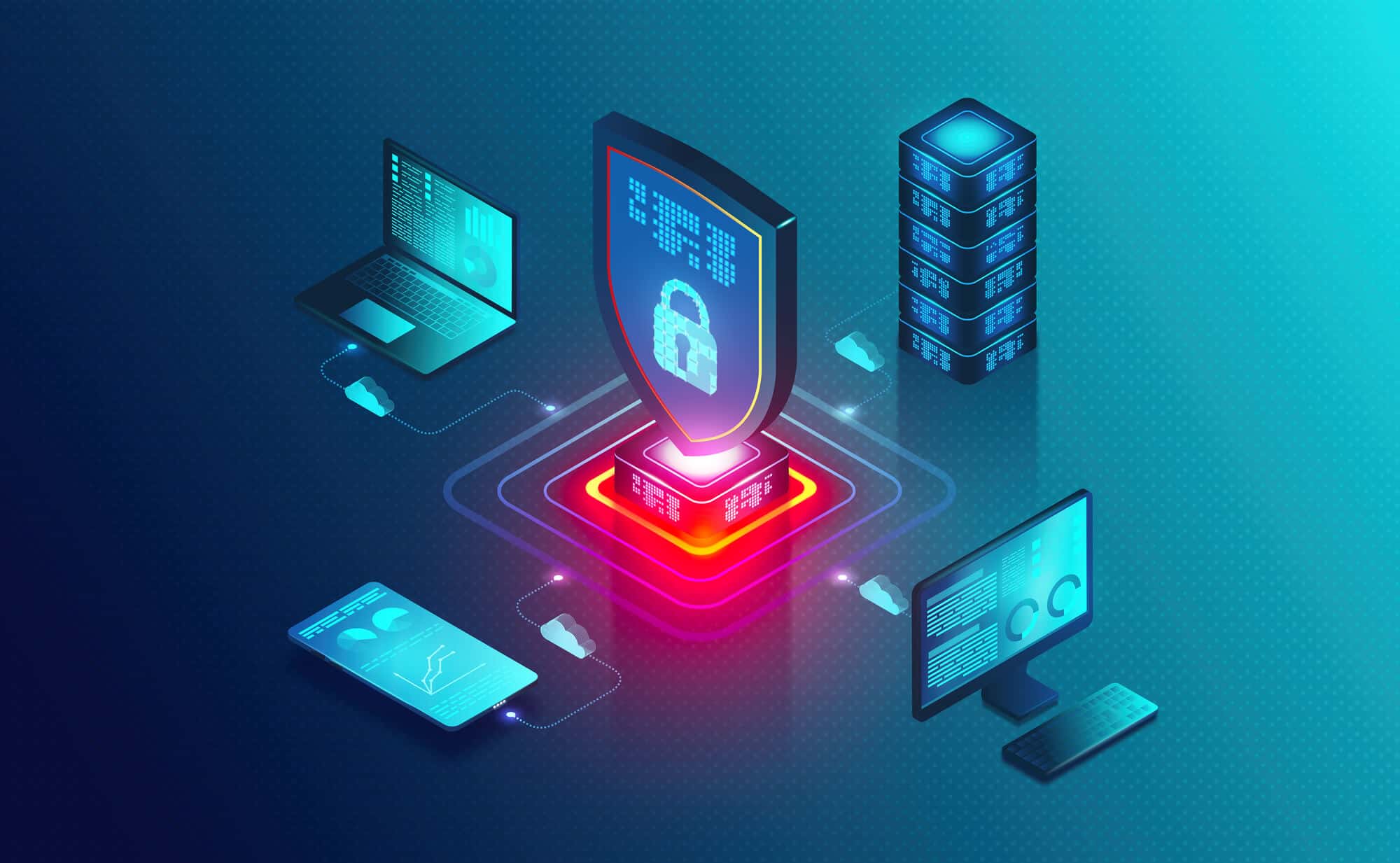Why Data Loss Prevention is Critical for Your Business Security

Introduction
In today’s digital world, the threat of data loss is more significant than ever. Data breaches, whether due to accidental mishandling or malicious intent, can cause immense damage to a business. Just one incident can lead to financial loss, legal consequences, and a tarnished reputation. With cyber threats becoming more sophisticated, the need for robust Data Loss Prevention (DLP) strategies is critical.
Data Loss Prevention (DLP) is a vital security measure that helps businesses safeguard their most valuable asset—data. This blog will explore why DLP is essential for business security, how it works, and how you can implement it effectively to protect your organization.
Understanding Data Loss Prevention (DLP)
Data Loss Prevention (DLP) refers to a set of technologies and processes designed to detect, monitor, and protect sensitive data from unauthorized access, transfer, or leakage. DLP solutions are designed to prevent data from leaving the organization, whether by accident or as part of a malicious act.
How DLP Works
DLP tools function by monitoring data flows within an organization. They identify sensitive data, classify it, and apply policies to control how that data can be accessed and transferred. When a potential risk is detected—such as an attempt to send sensitive information outside the company—DLP systems can block the action, alert security teams, or log the event for further investigation.
Types of Data Protected by DLP
DLP is particularly focused on safeguarding the following types of data:
- Personal Data: Information that can identify an individual, such as names, addresses, and social security numbers.
- Financial Information: Bank account details, credit card numbers, and other financial records.
- Intellectual Property: Proprietary information, trade secrets, patents, and other valuable company data.
By protecting these critical data types, DLP helps prevent the kind of data breaches that can have devastating consequences for a business.
The Importance of DLP for Business Security
Preventing Data Breaches
Data breaches can occur in various ways, from hackers exploiting vulnerabilities to employees accidentally sharing sensitive information. DLP helps mitigate these risks by providing a proactive defense against unauthorized data access and transfer. For example, DLP systems can detect when an employee attempts to upload confidential documents to a personal cloud storage account and block the action before any data is lost.
Real-world examples illustrate the importance of DLP. Many high-profile data breaches could have been avoided if proper DLP measures had been in place. For instance, in cases where sensitive customer information was accidentally emailed to the wrong recipient, a DLP solution could have flagged the action and prevented the breach.
Regulatory Compliance
In today’s regulatory environment, businesses must comply with various data protection laws, such as the General Data Protection Regulation (GDPR), the Health Insurance Portability and Accountability Act (HIPAA), and the California Consumer Privacy Act (CCPA). Non-compliance can result in severe penalties, including hefty fines and legal actions.
DLP plays a crucial role in helping businesses adhere to these regulations by ensuring that sensitive data is handled in accordance with legal requirements. For instance, DLP solutions can enforce policies that prevent personal data from being transferred outside the company’s secure network, thereby reducing the risk of non-compliance.
Protecting Intellectual Property
Intellectual property (IP) is often a company’s most valuable asset. Losing control of proprietary information, trade secrets, or patents can significantly impact a company’s competitive edge. DLP helps protect intellectual property by monitoring and controlling how this information is accessed and shared within and outside the organization.
For example, a DLP system can be configured to detect and block attempts to share confidential designs or blueprints via email or unauthorized cloud services, ensuring that your IP remains secure and within the company’s control.
Key Features of Effective DLP Solutions
To be effective, DLP solutions must incorporate several key features:
Data Monitoring and Classification
A crucial first step in any DLP strategy is identifying and classifying sensitive data. DLP tools can automatically scan your organization’s data repositories to locate and categorize data based on its sensitivity. This classification allows the DLP system to apply appropriate security policies, ensuring that high-risk data receives the highest level of protection.
For example, personal data may be tagged with a “high sensitivity” label, triggering stricter access controls and monitoring compared to less sensitive information.
Policy Enforcement and Access Control
DLP solutions enforce data protection policies that dictate how sensitive information can be accessed, used, and shared. Access control is a critical component of this enforcement. Role-Based Access Control (RBAC) is commonly used to ensure that only authorized users—based on their role within the company—can access sensitive data.
For instance, a DLP system might enforce a policy that only employees in the finance department can access financial records, and any attempt by other departments to access this data would be blocked or flagged for review.
Incident Response and Reporting
An effective DLP solution provides real-time alerts and detailed reporting when potential data loss incidents occur. These reports allow security teams to quickly investigate and respond to threats, minimizing the risk of data breaches.
DLP tools also integrate with other security measures, such as Security Information and Event Management (SIEM) systems, to provide a comprehensive view of potential threats and streamline incident response processes.
Implementing DLP in Your Business
Implementing DLP requires a thoughtful approach to ensure it meets your organization’s unique needs.
Assessing Your Data Protection Needs
Begin by assessing the types of data your business handles and the specific risks associated with data loss. For example, a healthcare provider will have different DLP needs than a financial services company. Consider factors such as the sensitivity of the data, the regulatory environment, and the potential impact of a data breach.
Best Practices for DLP Implementation
When implementing DLP, follow these best practices to maximize effectiveness:
- Employee Training: Ensure that employees understand the importance of data protection and are trained on DLP policies and procedures.
- Regular Audits: Conduct regular audits of your DLP system to identify vulnerabilities and areas for improvement.
- Continuous Monitoring: Implement continuous monitoring to detect and respond to potential threats in real time.
Common challenges in DLP implementation include balancing security with usability and managing false positives. Address these challenges by fine-tuning DLP policies and engaging with stakeholders across the organization.
Integration with Other Security Measures
DLP should not operate in isolation. It should be part of a broader, multi-layered security strategy that includes encryption, firewalls, and intrusion detection systems. By integrating DLP with these other security measures, you can create a more robust defense against data loss and other cyber threats.
The Future of DLP and Data Security
As technology evolves, so does the landscape of data protection. Here are some trends shaping the future of DLP:
Emerging Trends in DLP
- AI and Machine Learning: These technologies are increasingly being used to enhance DLP capabilities, allowing for more accurate threat detection and automated responses.
- Cloud-Based DLP: As more businesses move their operations to the cloud, the need for cloud-based DLP solutions is growing. These solutions offer scalability and flexibility, making them ideal for today’s dynamic business environments.
Adapting to Evolving Threats
Cyber threats are constantly evolving, and so too must your DLP strategy. Regularly updating your DLP tools and policies is essential to stay ahead of new threats. Additionally, staying informed about regulatory changes and industry best practices will help ensure your DLP measures remain effective.
Conclusion
In an era where data is a critical asset, protecting it is not just a necessity—it’s a strategic imperative. Data Loss Prevention (DLP) is a vital component of any comprehensive data security strategy, helping businesses prevent data breaches, ensure regulatory compliance, and protect intellectual property.
Now is the time to evaluate your current data protection measures and consider whether they are sufficient to meet the challenges of today’s digital landscape. Investing in a robust DLP solution is a proactive step that can save your business from the potentially devastating consequences of data loss. Remember, in the fight to protect your data, DLP is not just an option—it’s a critical defense.



